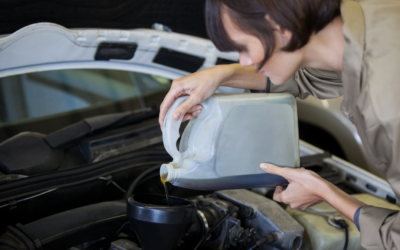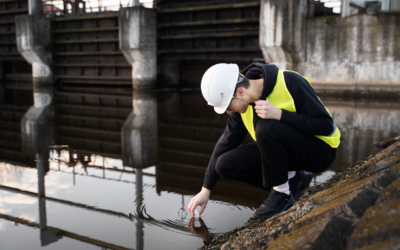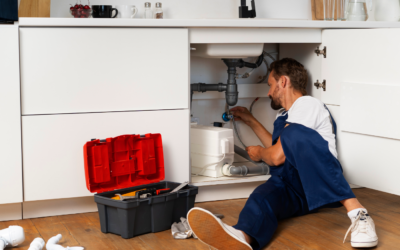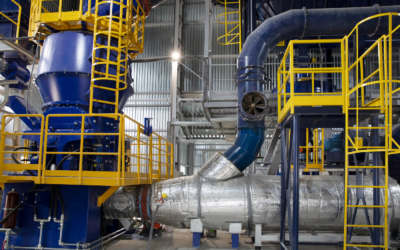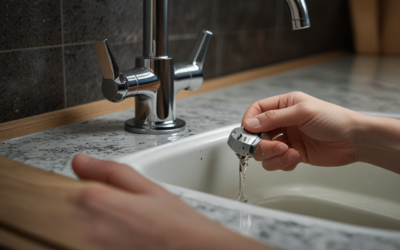As a plumbing company, going green might not be the first thing that you think about when you think of ways to improve your business. However, the data shows that there is continued demand for renewables in 2022, and if you want to stay competitive in this industry, it’s time to consider integrating green practices into your plumbing business.
First, let’s take a look at the data. According to a recent report, renewable energy capacity increased by more than 250 gigawatts in 2021, which is the second-highest on record. That means that more and more people are investing in renewable energy sources like solar panels, wind turbines, and hydropower. In fact, the renewable energy sector is projected to grow at an average annual rate of 8.6% between 2020 and 2025.
So, what does this mean for your plumbing business? Well, for starters, it means that customers are going to be more interested in green plumbing solutions. For example, if you offer services like installing water-efficient fixtures and appliances, repairing leaky pipes, and offering energy-efficient water heating options, you’ll be able to market yourself as a green plumbing company.
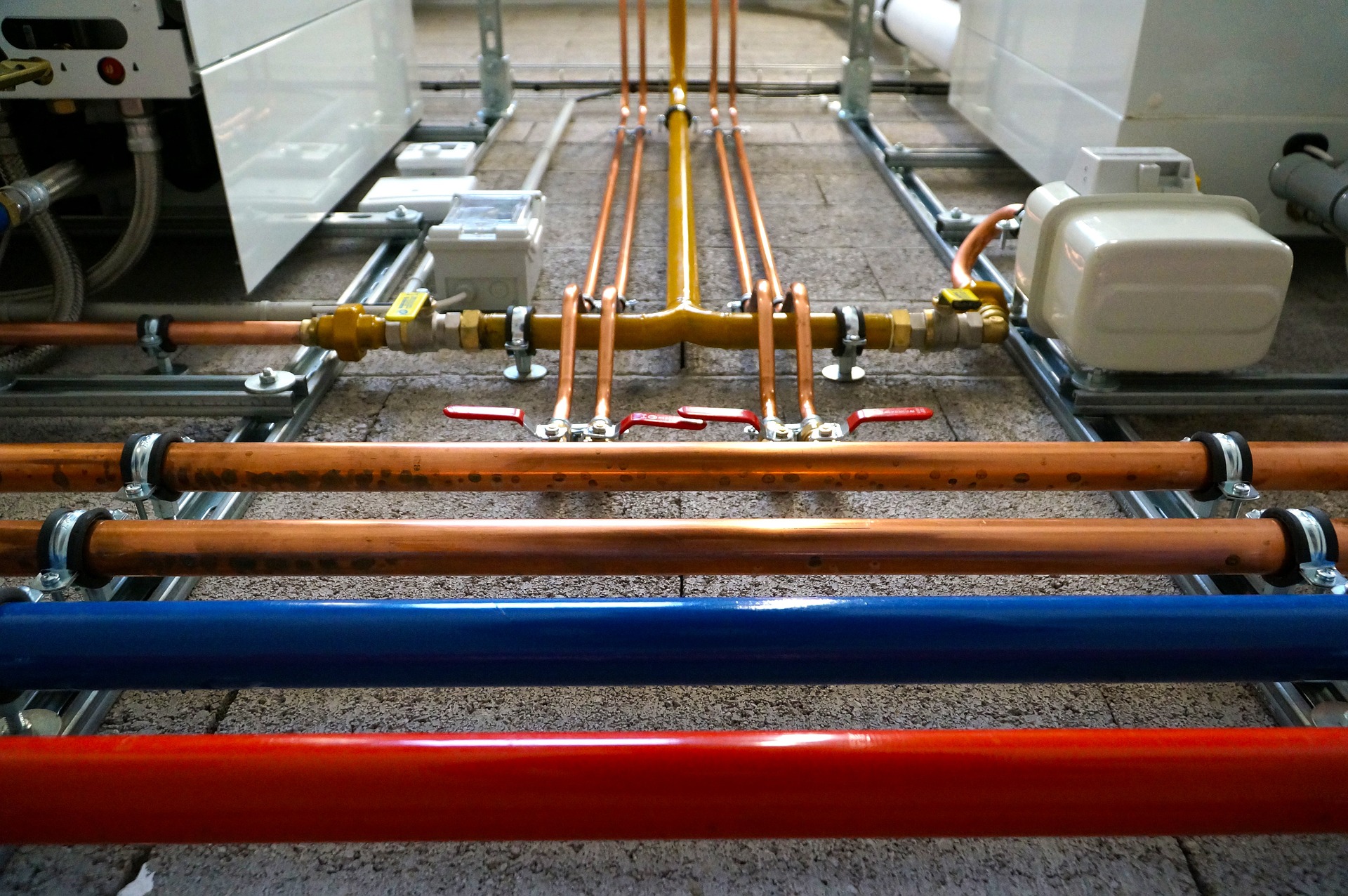
But it’s not just about marketing. Going green can also help you save money on your own operating costs. By implementing energy-efficient practices in your business, you can reduce your energy usage and lower your bills. For example, you could install solar panels on your business’s roof, switch to LED light bulbs, or upgrade your HVAC system to a more efficient model.
Of course, going green isn’t just about implementing a few green plumbing practices. It’s also about changing the way that you approach your business as a whole. Here are a few tips to get you started:
1. Educate yourself and your employees on green plumbing practices. Find out what kinds of practices are most effective at reducing energy usage and water waste – this will help you identify opportunities for improvement in your own operations.
2. Make a plan for implementing green plumbing practices. Decide which practices you want to implement and when. This might involve investing in new equipment, training employees on new techniques, and rethinking the way that you do business.
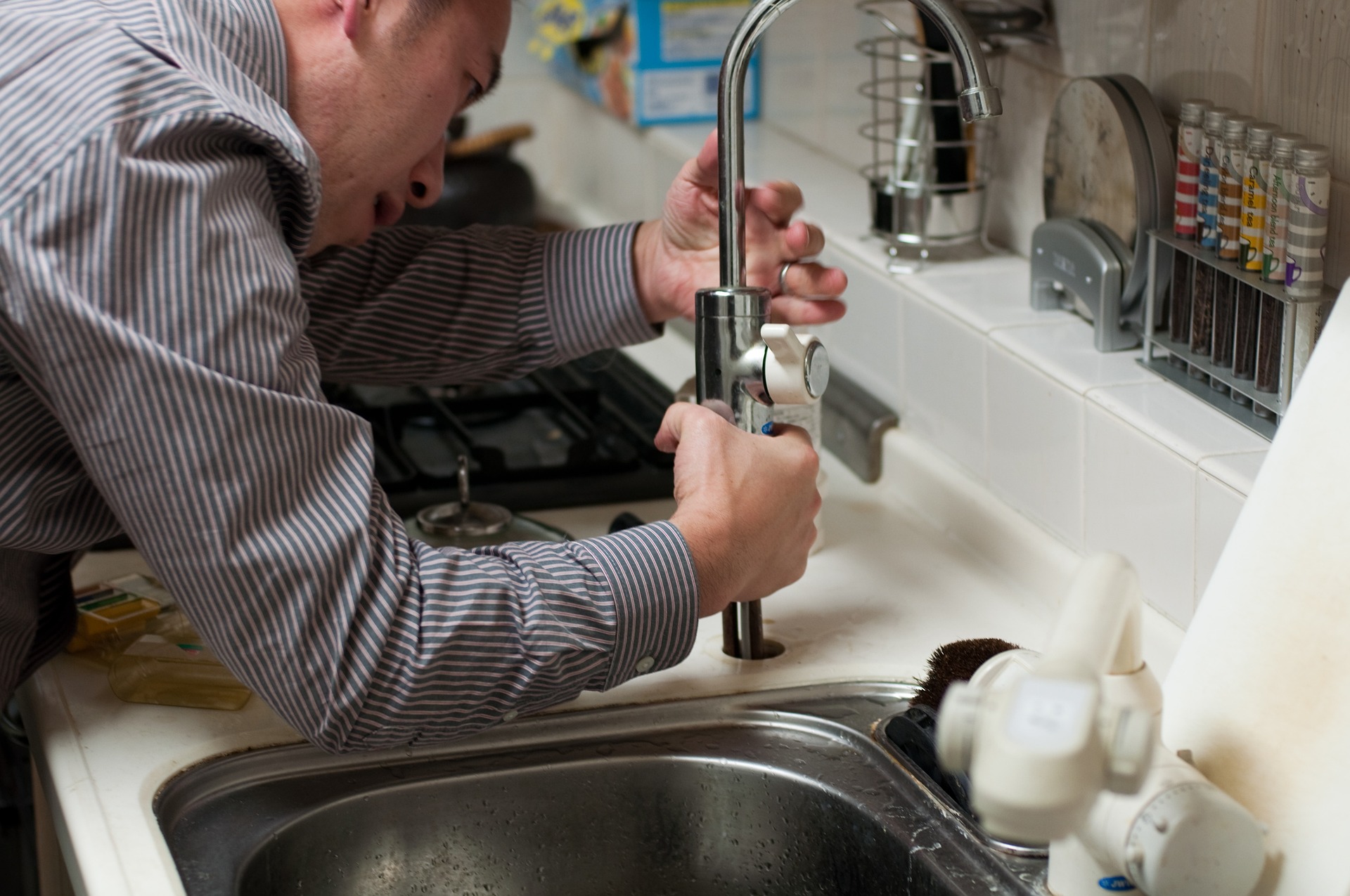
3. Communicate with your customers about your green practices. Let them know that you’re committed to reducing your impact on the environment and that you offer eco-friendly plumbing services. This will help you attract and retain customers who are interested in sustainability.
4. Measure and track your progress. Keep track of your energy usage, water usage, and other key metrics so that you can see the impact of your green plumbing initiatives. This will allow you to make adjustments as needed and continue to improve over time.
So, what are some specific green plumbing initiatives that you can implement in your business? Here are a few ideas:
– Installing low-flow faucets, showerheads, and toilets to reduce water waste
– Insulating hot water pipes to reduce heat loss
– Offering energy-efficient water heaters like tankless or solar water heaters
– Switching to LED lightbulbs to reduce energy usage
– Installing motion-sensor lights in your office or warehouse to reduce unnecessary energy usage
– Recycling your old equipment and materials instead of throwing them away
– Using biodegradable cleaning supplies to reduce harmful chemicals in the environment
Going green might seem like a big undertaking, but it’s worth it in the long run. By implementing green plumbing practices, you’ll be helping to reduce your impact on the environment, attract customers who are interested in sustainability, and save money on your own operating costs. So why not start today?


